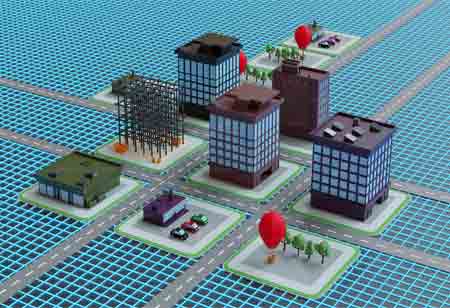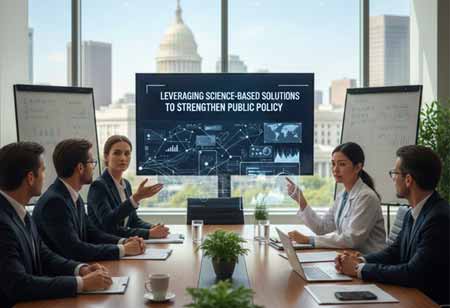Thank you for Subscribing to Gov Business Review Weekly Brief
How Smart City Technologies Are Impacting Our Lives?
By making services more easily accessible and efficient and lowering people's general carbon footprint, smart city technologies can decrease costs, raise safety, better protect the environment, and better our quality of life.

By
Gov Business Review | Friday, October 15, 2021
Stay ahead of the industry with exclusive feature stories on the top companies, expert insights and the latest news delivered straight to your inbox. Subscribe today.
By making services more easily accessible and efficient and lowering people's general carbon footprint, smart city technologies can decrease costs, raise safety, better protect the environment, and better our quality of life.
FREMONT, CA: The technical explanation of a smart city, an urban environment in which technology & sensors are used to gather data for resource management, may not sound especially thrilling to the ordinary person. Simultaneously, the nuts and bolts of technology drive smart cities, like artificial intelligence and the Internet of Things. It is seemly better understood, and several people may be heedless of how important the cumulative impact of smart city technologies will be on how we live and function in the following decades.
Smart parking spots: In urban regions with deficient parking spaces, intelligent parking spots can solve parking management problems. This innovation will allow citizens to reserve parking spots utilizing a mobile application, reducing the time spent hunting for parking spots, restricting urban traffic, lessening our carbon footprint, and conserving gasoline.
Automated order fulfillment: The accomplishment of last-mile delivery, comprising e-commerce, food delivery, and medications, will be more automated. Suppose smaller, automated robots fill the void formed by a shrinking labor pool and confined capacity for delivery vehicles.
Water conservation technology: Utilizing real-time weather data and the Internet of Things to improve water use will become routine. Water conservation is important to ensuring water accessibility for future generations, and we should amplify water conservation with technology.
Self-driving cars: Self-driving cars with total autonomy will deeply alter the operation of smart cities. Smart cities can automate all transportation features with self-driving cars, which will majorly impact access to food, medicine, shelter, and other needs.
Alternative transportation: Presently, people employ alternative modes of transportation, like electric vehicles and e-bikes, and take advantage of the use of 4G, 5G, and IoT sensors to better learn traffic patterns, trends, and impacts via artificial intelligence, thus shortening commute times, mitigating inefficient idling, and lowering overall climate impact.
Smart traffic management: Designing traffic system technologies will make cities safer and more bearable. United States traffic casualties are at a 16-year high. Employing cloud-based software aids in eliminating operational silos between traffic systems and emergency employees, integrating centralized command centers, and enabling the implementation of intelligent sensors. It will enable brief emergency response times, which might be life or death.
Environmental administration: We cannot consider smart cities without smart environment management based on breakthrough climatic and spatial technology driven by artificial intelligence and data analytics. In smart cities, they can improve our response to climate variation and the overall environmental quality.
More in News






